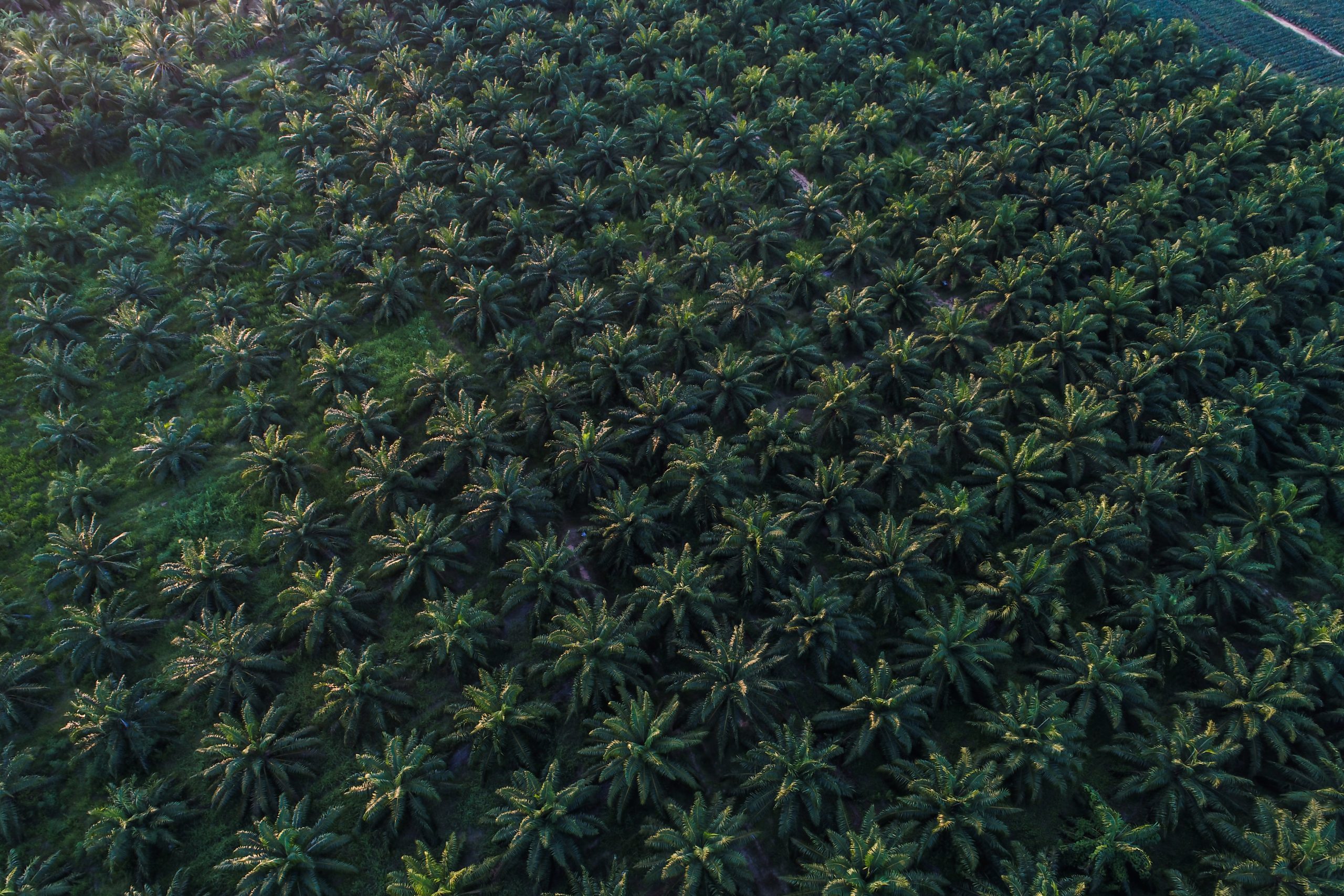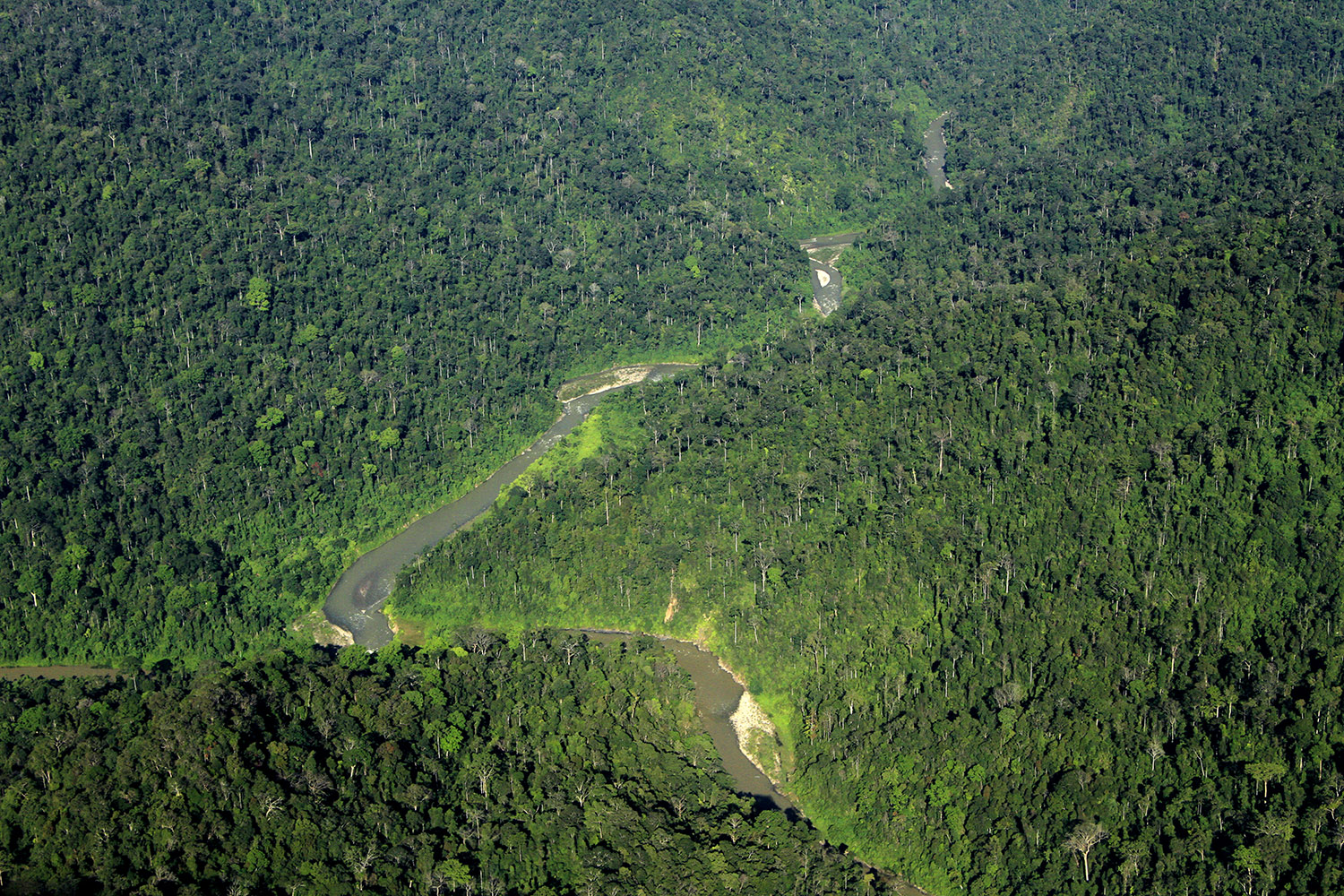By: Yeo Yu Teng
Oil palms are similar to the trees we see in parks and forests. Like trees, oil palms have long trunks and a canopy full of leaves that provide shade. They can grow up to 40 meters [1] and be as tall as a 12-story building. No wonder oil palms are commonly referred to as oil palm trees.
However, if you take a closer look at the anatomy of an oil palm, you’ll notice a few distinct differences that explain how an oil palm differs from a typical tree.
Group within the plant kingdom
Flowering plants are divided into two groups – monocot and dicot. Oil palms belong to the monocot family, which consists of low-growing and soft-tissue plants. Monocots include grass, corn, and orchids. Very few species of monocots can reach the heights of oil palms. In contrast, most flowering trees like oak, maple, and apple are dicots.
The “cot” in monocot and dicot refers to the cotyledon or seed leaf. The cotyledon is found within a seed. It supplies energy to the plant embryo, allowing it to germinate into a seedling. As the names suggest, monocots have only one cotyledon, while dicots have two.
Leaves
The leaf of an oil palm is called a frond, which is a large leaf with many divisions. Fronds have a featherlike appearance and are a type of leaf unique to palms and ferns. Each oil palm frond grows to around seven meters [2] long and has a central leaf stalk, or petiole, bearing 250 to 350 smaller leaflets called pinnae. Each leaflet may be about 130 centimeters long.
Shape and branching
Oil palms look like a fan-shaped paintbrush – the trunk is the brush handle, and the leaves are the bristles. You’d most likely find foliage only at the top of the trunk. Their distinct shape differs from most trees due to the way they grow.
Oil palms rarely branch. They only do so when the apical meristem is damaged, which is a region of cells capable of division and growth in the root and shoot tips in plants. If the apical meristem is killed, the entire oil palm will likely follow its path and die.
A mature oil palm crown consists of 30 to 50 fronds [3], with the youngest leaves at the top of the leaf crown. In an actively growing oil palm, new leaves are produced from the apical meristem one at a time. The fresh leaves point vertically upwards and look like a central spear. When each spear opens up, the leaf droops down as it grows outwards and larger until it reaches its maximum length.
Stem and growth
If you cut across the stems of oil palms, you’ll see many round spots scattered throughout the internal tissue of the plant. The tiny circles are vascular bundles, each containing two types of specialized tissues – the xylem and phloem. They’re like the blood vessels transporting essential goods around our bodies and keeping us alive.
While the xylem carries water and dissolved minerals from the roots to the leaves, the phloem distributes food from the leaves to other parts of the plant. On the flip side, the xylem and phloem are found near the outer portion of the stem of eudicot trees. They’re also arranged in a ring-like formation.
Also, oil palms don’t have growth rings like trees, as seen in the cross-section. Oil palms lack a type of growth tissue called the vascular cambium [4], which generates new xylem and phloem. Once an oil palm stem achieves its maximum diameter, it stops getting wider as no additional vascular bundle is added to the internal tissue of the stem.
The jagged and rough-looking “bark” you see on the stems of oil palms isn’t actually bark. Instead, they’re hardened cells left over from the bases of fronds that dropped off. Unlike eudicot trees, oil palms lack another type of growth tissue called cork cambium, which produces the typical bark you see on tree trunks. The absence of cork and vascular cambium also explains why oil palms cannot repair themselves if their stems are injured.

Root structure
Dicots have a single, large primary root that grows straight down from the plant’s stem into the soil. These are called tap roots. In contrast, oil palms don’t have taproots. Like monocots, oil palms have multiple roots growing from the stem that spread out in all directions. There can be thousands [5] of primary roots spreading from the stem in mature palms.
The roots of oil palms also don’t contain root hairs, unlike some trees [6]. Root hairs are elongated tubular-shaped outgrowths from root epidermal cells. They increase the surface area of the plant’s root system, which helps plants uptake water and nutrients more efficiently from the soil.

Sustainable oil palm plantations can benefit humans and the environment
Even though oil palms and typical trees differ in anatomy, both are still plants that have many ecological functions.
Carbon Sink
Oil palms can function as green lungs of the Earth by absorbing carbon dioxide from the atmosphere and releasing oxygen. During the day, when light is present, oil palms take in carbon dioxide from the air and water from the soil, turning them into sugar and oxygen. This process is called photosynthesis, where the plant produces food for survival, reproduction, and growth. Oil palm plantations are able to absorb 1.5 billion tons of carbon dioxide and supply around 449 million tons of oxygen [7].
Carbon Stock
The carbon absorbed by oil palms is stored within the plant as biomass, such as tree trunks, branches, leaves, and roots. This process is called carbon sequestration. Studies have shown that the average amount of carbon stock in oil palm plantations is 40 tons carbon per hectare [8].
Musim Mas adheres to relevant RSPO requirements for new developments and the expansion of our plantation areas. We’re committed to zero conversion of the natural ecosystems within our operations, particularly in high conservation value (HCV) areas, peatlands, and high carbon stock (HCS) forests.
We also work with stakeholders from the government, private sector, non-governmental organizations, and communities agree to strengthen collaboration on forest conservation, recently through an assessment of HCV and HCS from tropical forests in Aceh Timur and Aceh Tamiang.
[1]: Encyclopedia of Applied Plant Sciences, B.S. Jalani, A.Kushairi, S.C.Cheah, https://doi.org/10.1016/B0-12-227050-9/00206-4
[2]: Oil Palm (Elaeis guineensis Jacquin), https://doi.org/10.1016/B978-0-12-384677-8.00007-2
[3]: Integrating mixed-effect models into an architectural plant model to simulate inter- and intra-progeny variability, https://www.jstor.org/stable/26391281
[4]: Palm Biology in Relation to Horticulture, https://d2r6h7ytneza1l.cloudfront.net/title/81bc83ee-44db-4e41-8152-d34c9e595826/broschat_excerpt.pdf
[5]: The Oil Palm, Fourth Edition, R.H.V. Corley and P.B. Tinker, https://doi:10.1017/S0021859604274196
[6]: The role of mycorrhizas in more sustainable oil palm cultivation, https://doi.org/10.1016/j.agee.2009.09.006
[7]: Oil palm plantations are part of the “lungs” for the earth ecosystem, https://palmoilina.asia/wp-content/uploads/2021/03/2.10.-OIL-PALM-PLANTATIONS-ARE-PART-OF-THE-LUNGS-FOR-THE-EARTH-ECOSYSTEM-.pdf
[8]: Palm oil industry will become a net carbon sink, https://palmoilina.asia/jurnal-kelapa-sawit/palm-oil-net-carbon-sink/#toc













